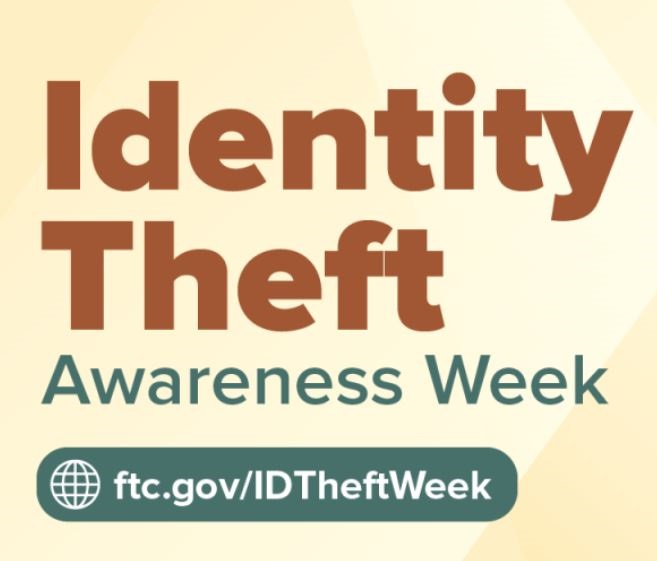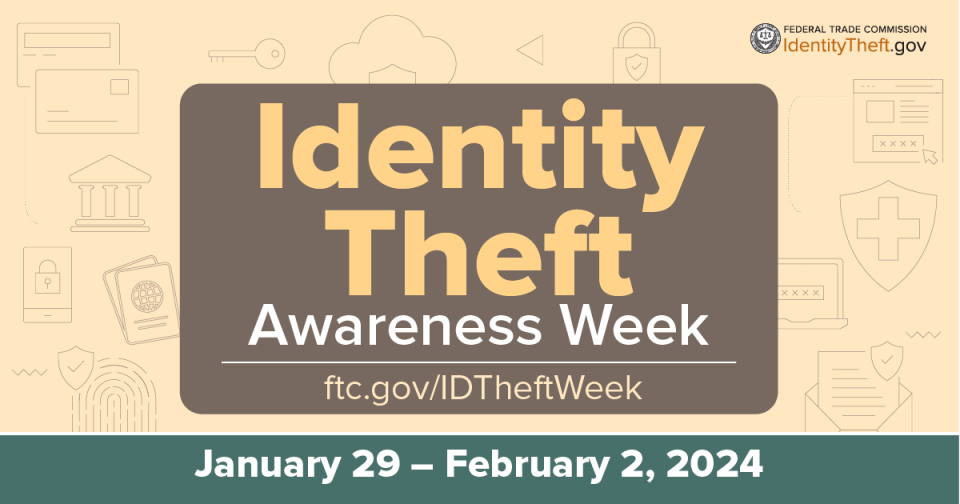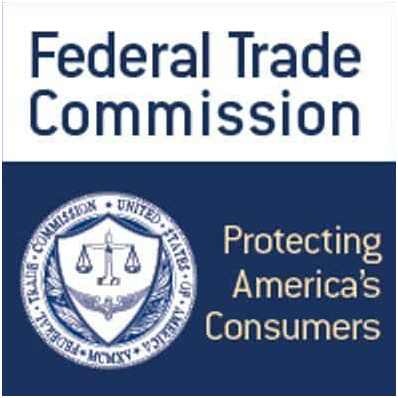What Is Identity Theft?
Identity theft is when someone uses your personal or financial information without your permission.
They might steal your name and address, credit card, or bank account numbers, Social Security number, or medical insurance account numbers. And they could use them to
- buy things with your credit cards
- get new credit cards in your name
- open a phone, electricity, or gas account in your name
- steal your tax refund
- use your health insurance to get medical care
- pretend to be you if they are arrested
How To Protect Yourself Against Identity Theft
Taking steps to protect your personal information can help you avoid identity theft. Here’s what you can do to stay ahead of identity thieves.
Protect documents that have personal information: Keep your financial records, Social Security and Medicare cards, and any other documents that have personal information in a safe place. When you decide to get rid of those documents, shred them before you throw them away. If you don’t have a shredder, look for a local shred day, or use a marker to block out account numbers. If you get statements with personal information in the mail, take your mail out of the mailbox as soon as you can.
Ask questions before giving out your Social Security number: Some organizations, including the IRS, your bank, and your employer, need your Social Security number to identify you. Organizations like these that do need your Social Security number won’t call, email, or text you to ask for it.
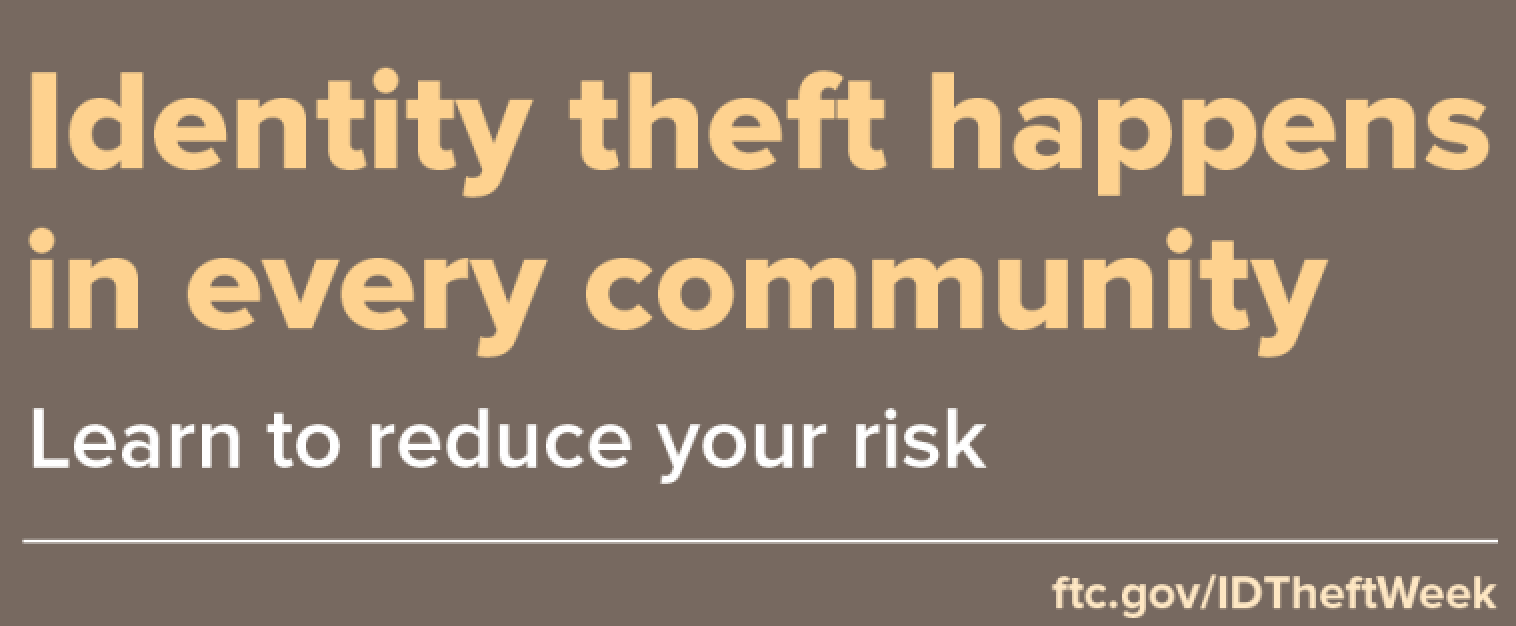 Other organizations that might ask you for your Social Security number might not really need it. Those organizations include a medical provider, a company, or your child’s school. Ask these questions before you give them your Social Security number:
Other organizations that might ask you for your Social Security number might not really need it. Those organizations include a medical provider, a company, or your child’s school. Ask these questions before you give them your Social Security number:
- Why do you need it?
- How will you protect it?
- Can you use a different identifier?
- Can you use just the last four digits of my Social Security number?
Protect your information from scammers online and on your phone: If you’re logging in to an online account, use a strong password. Add multi-factor authentication for accounts that offer it. Multi-factor authentication offers extra security by requiring two or more credentials to log in to your account. The additional credentials you need to log in to your account fall into two categories: something you have — like a passcode you get via text message or an authentication app, or something you are — like a scan of your fingerprint, your retina, or your face. Multi-factor authentication makes it harder for scammers to log in to your accounts if they do get your username and password.
Do not give your personal information to someone who calls, emails, or texts you. It could be a scammer trying to steal your information.
Helpful Resources from www.identitytheft.gov: Know Your Rights
How To Know if Someone Stole Your Identity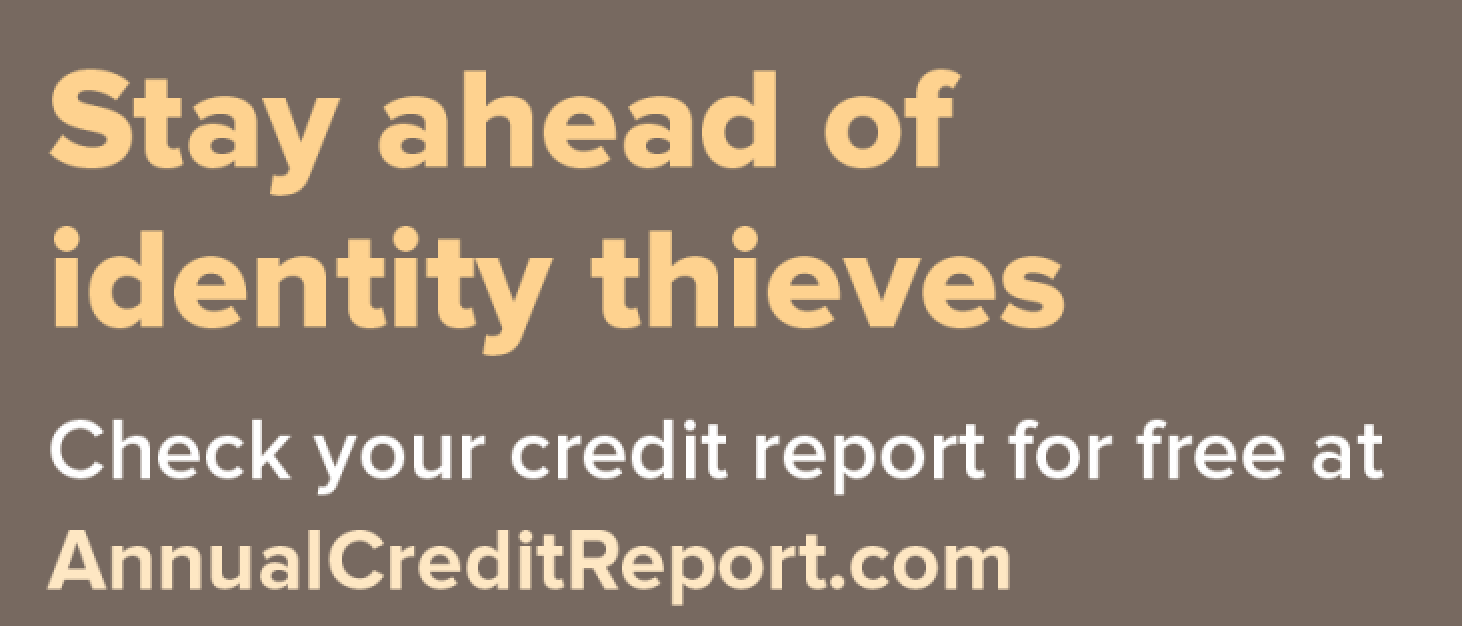
There are things you can do yourself to detect identity theft. There also are companies that sell credit and identity monitoring services.
Here’s what you can do to spot identity theft:
- Track what bills you owe and when they’re due. If you stop getting a bill, that could be a sign that someone changed your billing address.
- Review your bills. Charges for things you didn’t buy could be a sign of identity theft. So could a new bill you didn’t expect.
- Check your bank account statement. Withdrawals you didn’t make could be a sign of identity theft.
- Get and review your credit reports. Unrecognized accounts in your name could be a sign of identity theft. Here’s how to get your free credit reports.
Related Scams
Helpful Resources from www.identitytheft.gov: Warning Signs of Identity Theft
About the FTC: FTC’s mission is to protect consumers and competition by preventing anticompetitive, deceptive, and unfair business practices through law enforcement, advocacy, and education without unduly burdening legitimate business activity.
